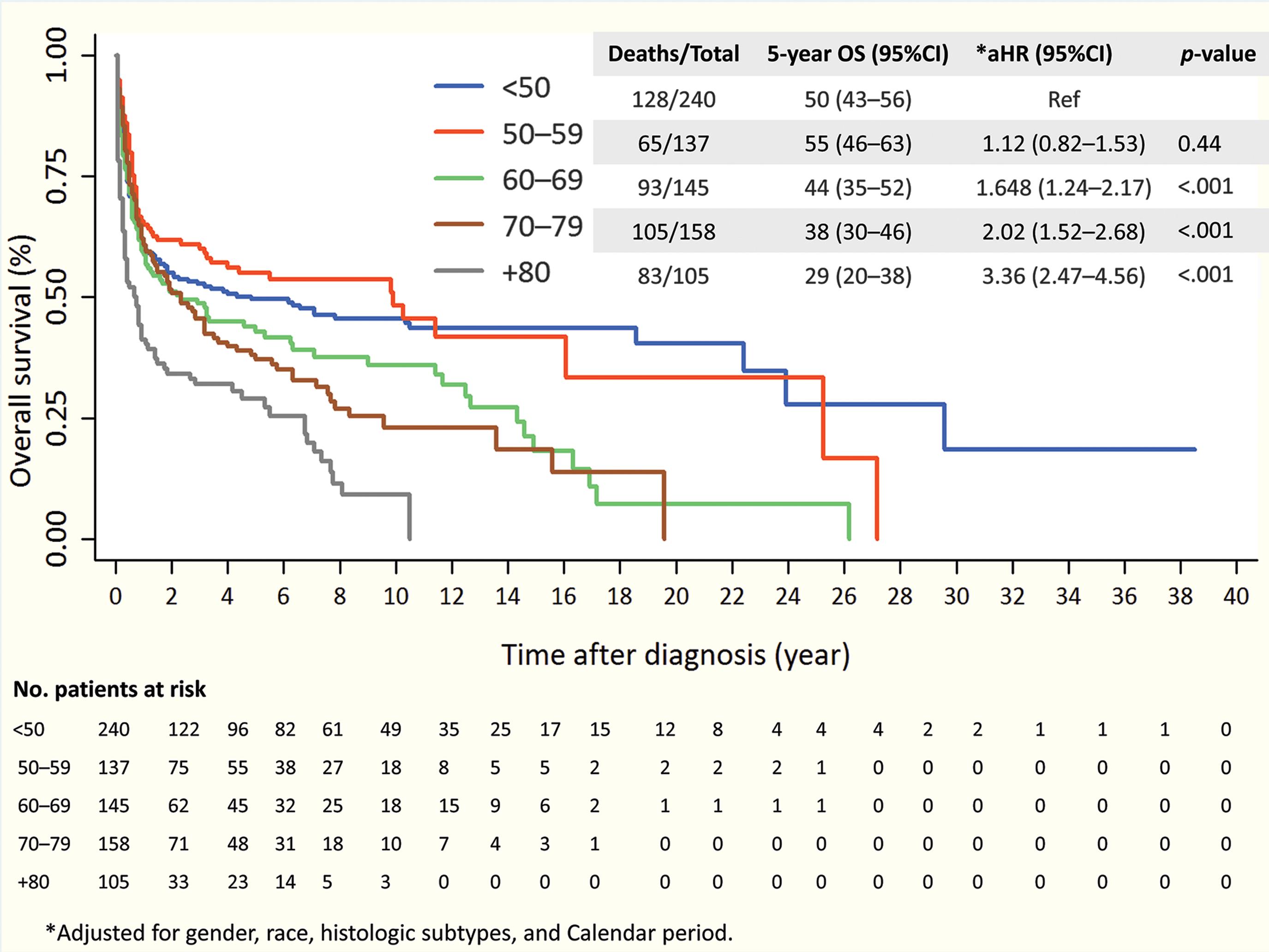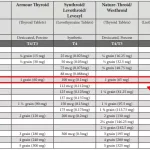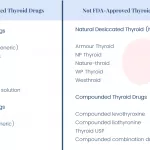Numbers That Surprise
Let’s kick things off with something strange but true: there’s a type of lymphoma—Primary Mediastinal B-cell Lymphoma—that pops up mostly in young adults, and for them, the 5-year survival rate is about 80%. That’s… impressive, right? Not something most people expect to hear with the word “cancer.” But there it is. From the get-go, this tells us that age isn’t just a boring medical stat. It really changes the cancer conversation.
If you’ve landed on this article, odds are you (or someone close) has the same question running through your mind as I did: Does my age change my own odds? I mean, am I supposed to be hopeful—or preparing for the worst? Hey, I get it. It’s easy to go down the Google rabbit hole. But let’s take a deep breath together and really sift through what lymphoma survival rate by age means, without all the “medical-ese.” Sound good?

How Age Tips the Scales
Why Do Younger Folks Do Better?
Here’s something I wish every doctor said upfront: younger people with lymphoma usually snag better odds. Think 20-somethings and 30-somethings—statistically, they’re the rockstars when it comes to surviving both Hodgkin and non-Hodgkin lymphoma. Why’s that? Well, bodies that haven’t collected extra medical baggage (or, let’s be honest, decades of pizza and stress) just handle toxic treatments better. Stronger immune systems. Fewer side ailments to work around. Even the ability to try out tougher therapies if needed.
I remember this story about my friend’s sister—diagnosed at 27. Her oncologist was upfront: “You’re young and otherwise healthy. That is a huge deal.” She got aggressive chemo, bounced back with only a few blips, and just celebrated year five cancer-free. All that, in part, because she wasn’t dealing with the hurdles folks pick up in their 50s, 60s, and beyond.
Do Numbers Tell the Same Story?
Yup, the numbers back this up (research on Blood Cancer United and others). For Hodgkin lymphoma, the 5-year survival rate sits at around 89%—but for teens and young adults (ages 15-40), it’s actually 90% or even higher. Shift to people in their 50s and up, and it drops to 65%-70%. That’s still a fighting chance, but the difference is clear.
For non-Hodgkin lymphoma? The 5-year survival for everyone is about 74%… but under age 40, that number is closer to 87%! The trend is obvious—the older you are, the lower the lymphoma survival rate by age, especially post-75 where survival rates dip below 60%according to Dr. Daniel Landau and Patient Power.
Let’s See the Numbers in a Table
| Age Group | Hodgkin 5-Year Survival | Non-Hodgkin 5-Year Survival |
|---|---|---|
| 15 and younger | 90-95% | 91.3% |
| 15–39 | ~95% | 86.8% |
| 40–64 | ~85% | 80.9% |
| 65–74 | ~80% | 73.8% |
| 75+ | ~65–70% | 59.4% |
Takeaway: “Am I too old?” is a fair question—just know the stats show it’s a steeper climb, but not impossible. Many older adults still thrive, especially if diagnosed early (and with the right team behind them).
Main Players: Hodgkin Versus Non-Hodgkin
Is One Easier to Beat?
Okay, here’s where things get a bit… science-y, but stick with me. Hodgkin and non-Hodgkin sound similar, but they play by totally different rules. Hodgkin often crops up in younger people—teens, twenties, sometimes thirties. Non-Hodgkin loves a cameo later in life, with most new cases after 60. And those ages? Yep, you guessed it. That’s a big piece of what makes their survival rates split apart.
Folks with localized Hodgkin lymphoma—like, caught early—see about 93% make it five years past diagnosis. Even running a bit late (regional or distant stages), the numbers still aren’t bad: 95% for regional, 84% for distant. The thing is, older folks with Hodgkin don’t bounce back as easily, likely because of fragile immune systems or other health issues.
With non-Hodgkin, it’s not just age but also what type (and there are a LOT of types) and how far it’s spread. But, spoiler alert: younger = better odds, again and again. For instance, if you’re under 60 with follicular lymphoma, your chances of living five years are a wild 95% (as shown on MyLymphomaTeam). Even over 60, it holds steady at 85%—not bad at all, right?
Now, if you want to know how all this shakes out for the toughest cases, you’ll want to look into Stage 4 lymphoma survival rate by age where the differences are even starker. Older patients can face challenges not just from lymphoma itself, but from all the extra health stuff that tends to pile up over time (yeah, aging, you trickster).
“But I’m Not Young Anymore…”
I can almost hear the worried sigh now. Listen, you’re not alone if you’ve passed the “prime” numbers above. The big wins in lymphoma treatment are that—no matter your decade—the odds keep shifting in our favor. When my uncle (in his late 60s) started chemo for a stubborn non-Hodgkin, he was terrified… but the doctors had a strategy tailored to his age, heart health, and how he handled earlier treatments. He pushed through, and two years later, he’s grumpy about his golf swing, not cancer. It’s not magic, just good medicine—and honesty about what age means for your plan.
What About Stages?
Stage Changes Everything
Here’s where people definitely get anxious. “Stage 4? That’s bad, right?” Not always. Staging just means how far the lymphoma has spread—early stages (1–2) are almost always easier to treat. It’s like catching a weed in the garden: pull it quick, problem solved. Wait too long, and the roots run deep.
Survival rate by age shifts with each stage. Say you’re young and catch Hodgkin at Stage 1—5-year survival is 90% or even higher. Same age, but Stage 4? Now it might be closer to 65%. Add a few decades? The numbers creep downward… but not as fast as they did 20 years ago. Treatments keep getting better!
Stage 4 Lymphoma: Hope or Hurdle?
Let’s get real, though: the leap between early and distant stages for older adults can feel massive. For stage 4 non-Hodgkin lymphoma, those under 60 can still see survival numbers in the 70–90% range with new drugs and immunotherapy—but older adults might drop to 50–60%. That’s why you’ll see so many doctors focusing on tailored care for older bodies, picking treatments that get results without bulldozing the rest of your health.
If you’re looking for in-depth info on late-stage cases, seriously check out the details at Stage 4 lymphoma survival rate by age. You’ll see how much hope there is even in what used to seem hopeless.
Stage, Age, and More—It’s All a Balance
Doctors rarely use age alone to predict how you’ll do. They use fancy scoring systems (hello, International Prognostic Index… or the FLIPI score for follicular types) that weigh your overall health, lymphoma stage, and special blood test results. But, still, being under 60? That’s a statistical win.
Real talk: a friend’s dad, 72, with DLBCL (diffuse large B-cell lymphoma), was terrified after looking up the 5-year stats for his age bracket. His team explained that yes, the numbers drop, but newer combo treatments (and catching it before it spread) gave him odds way above the scary stats he saw online.
Treatment Tricks and Comebacks
Is There a Secret Weapon?
So… is it all about chemo, or is there more to the story? Nowadays, treatment is more like a “choose your own adventure” book. Younger people might breeze through intensive chemo and stem cell transplants. Older adults? Maybe targeted antibodies, gentle immunotherapy, or lower chemo doses together with supportive care. Surprisingly, these “gentler” approaches often work just as well for the right person, age or not.
Kinda wild, right? Medicine isn’t cookie-cutter anymore. Want proof of how even advanced cases are being turned around? Just take a look at Stage 4 lymphoma survival rate by age—the new therapies in the spotlight are worth some hope.
No Two Journeys Alike
If you hung out on a cancer forum, you’d see: someone in their thirties might have a much harder time with treatment than a healthy sixty-something. And vice versa. Sometimes it’s genetics, sometimes it’s luck, sometimes, honestly, it’s just stubbornness. Sarah, a teacher in her late twenties diagnosed with Hodgkin’s, kept teaching through chemo—she called her side effects “just another Monday” and is now back to coaching basketball. Flip side? I met an older survivor (78!) who mixed traditional chemo with yoga, acupuncture, and a plant-based diet—he swears that “just refusing to quit” played a role, too.
It all goes to show: never trust a number to predict your story. Odds matter, but you matter more.
New Hope: Is Age Less Important Now?
Are Kids and Teens Winning the Battle?
One of the happiest facts in this whole conversation is about the youngest patients. Kids and teens—those under 15—now see 5-year non-Hodgkin survival rates above 90% (according to Blood Cancer United and the National Cancer Institute). Part of this is because their bodies are so adaptable… but part is because doctors have borrowed lessons from pediatric cancer care and given them to adults, too.
And, with every new medicine tested, the gap in survival rate by age narrows just a little more. I find that pretty reassuring myself—and I hope it makes you feel less alone, too.

So… What’s in the Future?
Think about it—25 years ago, “Stage 4 lymphoma” sounded like a brick wall. Now, for both younger and older people, it’s become another chapter, not the end. CAR T-cell treatments, newer immunotherapies, even personalized vaccines (yep, really!): these are rewriting what people expect from lymphoma at every age.
If you want a pulse on the most up-to-date research (and another encouraging look at advanced cases), dip into Stage 4 lymphoma survival rate by age. Sometimes just reading the survivor stories there is enough to change your mindset for the better.
Final Thoughts: Your Age Isn’t Your Fate
If you take just one thing from this (besides “never Google at midnight”), let it be this: Your age and the stage you find yourself in matter… but they aren’t the whole story. Lymphoma survival rate by age gives us guideposts, not finish lines.
We’ve seen that while teens and twenty-somethings handle chemo and bounce back in droves, plenty of older adults are beating cancer—sometimes all thanks to earlier diagnosis, sometimes thanks to the magic of new treatments. And honestly? Half the battle is showing up, asking questions, and lining up the best support you can: doctors, family, forums, whatever it takes.
If your numbers aren’t perfect, don’t let them be your prophecy. There’s always something new on the horizon… new drugs, new tricks, new odds. So, use the info. Ask your doctor what’s newest for your age bracket or for Stage 4 lymphoma survival rate by age. Reach out if you’re feeling lost—someone is always there with a thread of hope.
Because whether you’re 19, 39, or 79—your story is yours, and every new chapter matters. What would you want it to say next?


















Leave a Reply
You must be logged in to post a comment.